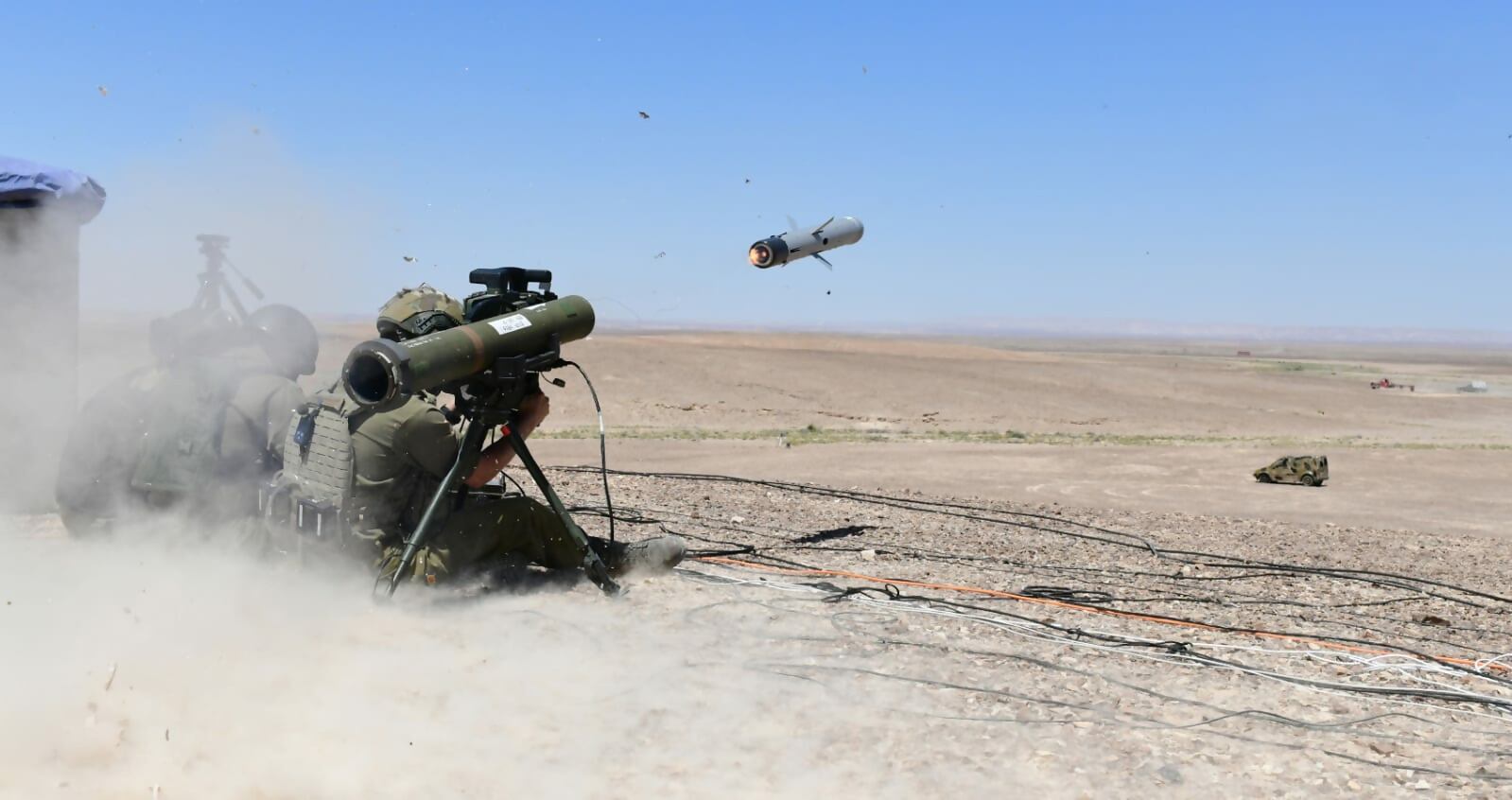ROME – Italy is considering using funds handed over by the European Union for its Covid-damaged economy as a way to fund defense technology programs including the U.S. Future Vertical Lift helicopter initiative.
The so-called FVL program to build next-generation helicopters is currently being pursued by the United States only, but is listed as a possible target for Italian investment in a document drawn up by Italy’s industry ministry and seen by Defense News.
The cash would come from the the European Union’s 750 billion euro Recovery Fund, conceived this year to help European member states relaunch their economies after the devastation caused by Covid-19 lockdowns.
Rome is due to receive the largest share, totalling just over 200 billion euros in grants and loans.
Italy’s government ministries have come up with hundreds of ideas for investing the money, with a focus on job creation, green technologies, digital programs that include extending broadband internet access, and building new rail lines and hospitals.
Defense also features on the preliminary list. The defense funding, the document states, would “allow a technological leap in research, innovation and the construction of very high performance dual use platforms with a reduced environmental impact, total cyber security and digital innovation.”
Examples given are “sixth generation aircraft”, a likely reference to Italy’s commitment to the UK Tempest program, “advanced submarine technology”, unmanned technology, artificial intelligence and ships.
Guido Crosetto, the head of Italian aerospace and defense industry group AIAD, said new developments in marine propulsion could be a focus for naval funding.
The surprising item on the list is “FVL new generation helicopters.” Led by the US Army, the Future Vertical Lift program is split into different projects including a Future Attack Reconnaissance aircraft (FARA), with Lockheed Martin’s Sikorsky and Bell chosen to build prototypes.
Bell and a Sikorsky-Boeing team have each built and flown technology demonstrator aircraft that will inform the Army’s other next-generation aircraft pursuit — the Future Long-Range Assault Aircraft (FLRAA). Bell has spent almost three years flying its V-280 Valor tilt rotor while Sikorsky trailed behind with its SB-1 Defiant coaxial aircraft due to manufacturing issues.
RELATED

The US Army said this month that eight militaries around the world had already expressed interest in FVL programs.
Brig. Gen. Wally Rugen, director of the Army’s Future Vertical Lift Cross-Functional Team, said bilateral deals were being worked on, but did not name the countries.
Vincenzo Amendola, Italy’s minister for European Affairs, told Defense News that any suggestions about what Italy’s EU cash would be used for were a long way off being confirmed. “Italy’s plan for spending does not need to be presented to the EU until between January and April 2021,” he said.
Crosetto said he was keen to see defense programs make the final shortlist, starting with cash to get involved with FVL.
“It’s fundamental,” he said. “We are talking about a faster helicopter and we have a world leader in the helicopter business,” he said, referring to Italian defense champion Leonardo. “We cannot ignore it,” he added.
“In general, aeronautics needs state aid in normal times, and it is certainly a sector which has been impacted by Covid-19,” he said.
Lockheed Martin, which owns Sikorsky, is already holding discussions with Leonardo about teaming on development of Sikorsky’s FVL technology, a source with knowledge of the talks told Defense News.
“The discussions involve working on a medium-sized civilian version of the coaxial helicopter, with possible government versions also. Lockheed Martin is interested in a European partner to handle European sales and share risk costs,” said the source, who declined to be named.
He added, however, that a stumbling block for Leonardo was its need to continue spending money developing its own civilian tilt rotor, the AW609. “It is not clear if Leonardo will have the cash or the engineering capacity to work on the FVL project and the AW609,” he said.
A second program which is soaking up helicopter development cash at Leonardo is the AW249, a replacement for the AW129 Mangusta attack helicopter.
Jen Judson in Washington contributed to this report
Tom Kington is the Italy correspondent for Defense News.






